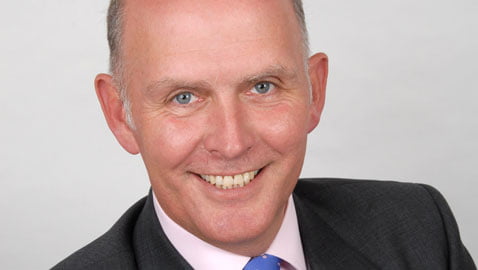
The gap between 65% and 75% loan to value buy-to-let rates has narrowed in the last 18 months according to research by Mortgages for Business.
The firm says it means lenders’ appetite for higher LTV deals has increased.
The report, Buy to Let Mortgage Rates: The Real Costs (Q2 2013), suggests that in the current market the two key LTV price points are 65% and 75%. Pre-Credit Crunch 65% LTV products did not exist – at that time the levels were 75% and 85%. However, as lenders started to return to the market in 2011 there was a clear preference for lower LTV mortgages such that in early 2012, 65% LTV rates were around 1% cheaper than their 75% counterparts. Since then the gap has narrowed and today stands at 0.46%.
The report also shows that when factoring in fees (arrangement, valuation and legal), buy-to-let mortgage rates fell by an average of 0.25% compared to headline rates which fell by an average of 0.23%. This, Mortgages for Business says, indicates that fee amounts remained fairly steady in Q2 adding an average of 0.51% onto the cost of a buy to let mortgage. It also suggests that the government’s Funding for Lending Scheme is filtering through.
However, five year fixed rates have risen on average by 0.20% since the beginning of May.
David Whittaker (pictured), managing director of Mortgages for Business, said: “It is clear that although swap rates have retreated somewhat in the past few weeks, longer term swaps have remained markedly higher than they were which probably reflects a greater degree of realism about the long term future for interest rates.
“I suspect that over the coming months, some lenders will look to increase longer term fixed rates in order to re-establish margins lost.”
Whilst lender arrangement fees have broadly stagnated the report does show that fee structures have changed. In Q2 over half (53%) of all buy-to-let mortgages had a flat lender arrangement fee, up 5% on the previous quarter. 40% of products carried a percentage-based fee of 1-3%, down 6% on Q1. In comparison, between 2007 and June 2012, only 20-30% of products carried a flat fee. Only 7% of products were arrangement fee free, down 2%.